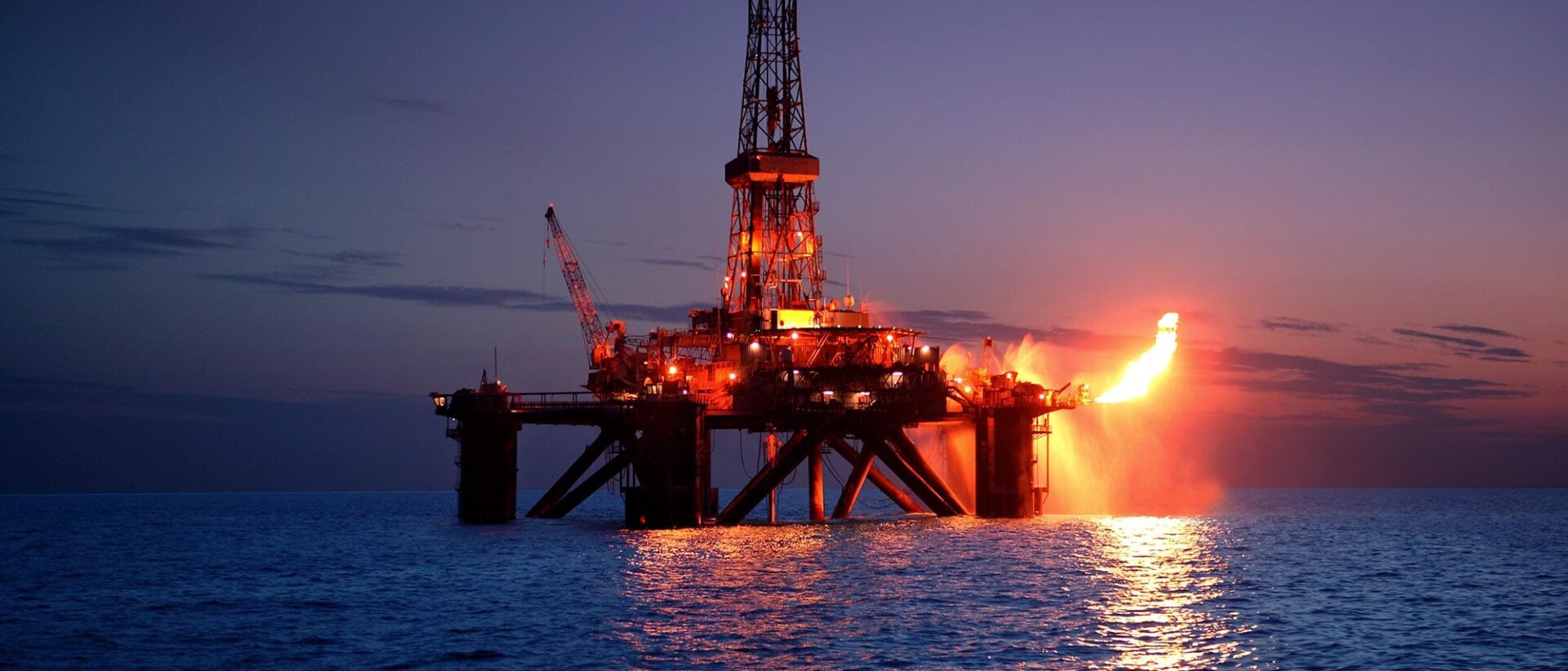For some time TECSA S.r.l. has been putting its expertise at the service of forensic engineering activities conducted directly rather than for third parties, both in the judicial and insurance fields.
In the judicial field, TECSA S.r.l. technicians take on both the role of technical consultants and the role of technical expert witnesses, both on behalf of the investigating magistracy and on behalf of the judging magistracy in highly complex cases where the management skills of a forensic engineer make it necessary to put in place methodologies for the in-depth study and development of specialist expertise.
Since 2015 TECSA S.r.l., due to its great commitment in the field of forensic engineering, has developed its own specific division competent in this field and named MFCforensic which offers its services both in Italy and abroad through the recognized skills of each expert who is part of it and in particular of L. Marmo, L. Fiorentini and B. Chiaia who coordinate the activities of the division according to specific skills.
MFCforensic, offers a number of specific consulting activities including:
FORENSIC ENGINEERING FOR INVESTIGATIONS AND RELATED EXPERTISE:
- industrial accidents;
- fires and explosions (pipes according to std. NFPA 921);
- accidents and deaths at work (possibly connected with machines and equipment);
- collapses and structural breakdowns;
- foundation subsidence;
- structural integrity;
- landslides and hydrogeological instability;
- investigations into tendering procedures and public tenders;
- fire and explosion risk analysis, FERA studies, facility siting studies for insurance purposes;
- “environmental, occupational health and safety, process safety, and corporate and building assets due diligence.
ADVANCED SIMULATION:
- finite element analysis (FEM);
- 1D, 2D and 3D fluid dynamic analysis (CFD);
- development of specialised calculation codes;
- 2D/3D graphics and augmented reality (up to immersive virtual reality) for the reconstruction and description of the dynamics of incidental events.
TRAINING:
- training in the analysis of accidents, near-misses (also in relation to the specific requirements of Seveso III) and injuries;
- in-depth study of accident investigation methods and in particular Bow-Tie, Tripod, Root Cause Analysis, etc..
- In-depth examination of the problems connected with human error and illustration of the methods most commonly used for the study of the human factor.
We also note the international volume “Principles of Forensic Engineering applied to Industrial Accidents“, by the authors Luca Fiorentini (TECSA S.r.l. – MFCforensic), Luca Marmo (Politecnico di Torino – MFCforensic), 2017 , Wiley, Chichester UK, ISBN 978-1118962800.


